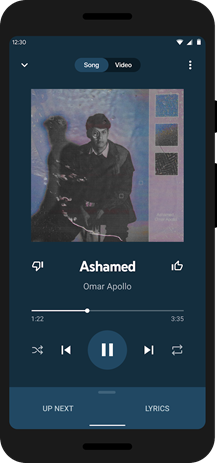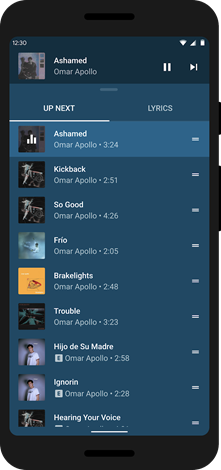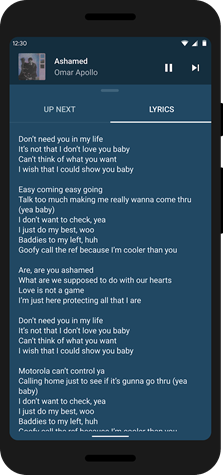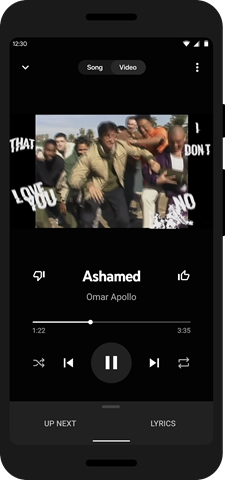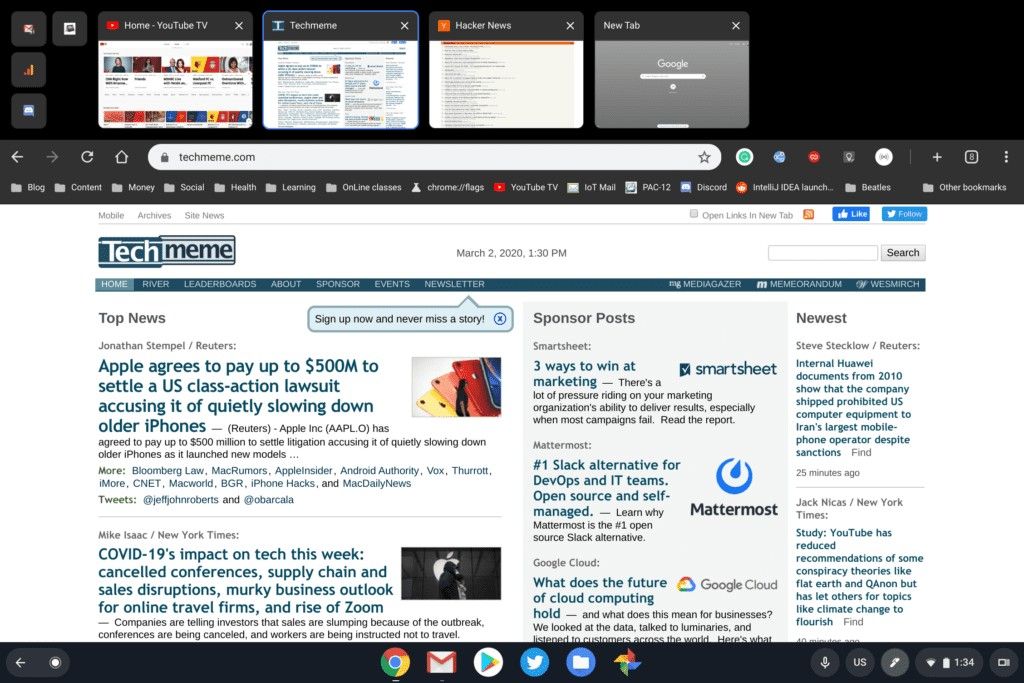Just a few days after the launch of the OnePlus 7T (review) and OnePlus 7T Pro (review) last year, we started seeing leaks about OnePlus’ next flagships — the OnePlus 8 and the OnePlus 8 Pro. At the time, leaked renders of the devices revealed that the company was also taking the Samsung route and adding hole-punch cutouts for the selfie cameras on its next flagships. We also learned that the OnePlus 8 Pro will feature a quad-camera setup and that the devices may launch on Verizon with support for its 5G Ultra WideBand network. The leaks kept pouring in and we also learned that the OnePlus 8 series might be the company’s first smartphones to feature wireless charging, as the company joined the Wireless Power Consortium. While the company hasn’t revealed any details about its upcoming devices yet, a recent report from TechRadar reveals that the OnePlus 8 series might be launched next month.
The report cites a source close to the company who has revealed that the OnePlus 8 series will be unveiled in the second week of April. The source suggests that it will be a global announcement, so it’s quite likely that the device will be released worldwide at the same time. While the source didn’t confirm the names or specifications for the devices that it’ll be launching, several leaks have suggested that OnePlus will be launching three product lines in 2020. The company’s next flagship range is expected to include a “Lite” model which will, most likely, be a premium mid-ranger.

OnePlus 8 Lite
The OnePlus 8 Lite has previously been spotted in renders shared by renowned leakster @OnLeaks, which suggest that it will feature a more angular design, with a 6.4-inch display for the punch-hole selfie camera. Since OnePlus has already confirmed that all of its future devices will feature a high refresh rate display, we expect the OnePlus 9 Lite to sport, at least, a 90Hz display. The renders also reveal a triple camera setup, with a high-resolution primary camera, an ultrawide camera, and a ToF sensor for portrait photos. In terms of specifications, the OnePlus 8 Lite is rumored to feature MediaTek’s new Dimensity 1000 chipset.

OnePlus 8
As far as the standard OnePlus 8 is concerned, leaks suggest that it will feature a 6.6-inch curved display with a hole-punch cutout in the left corner for the selfie camera. While OnePlus is expected to stick to FHD+ resolution for the device, it might make a shift to a smoother 120Hz display. The device is expected to feature a triple camera setup with a high-resolution primary camera, an ultrawide camera, and a telephoto camera.

OnePlus 8 Pro
Finally, the top-of-the-line Pro variant is said to feature a QHD+ display with a 120Hz refresh rate. Both the OnePlus 8 and 8 Pro will most likely be powered by Qualcomm’s Snapdragon 865 chip and include 5G support. The high-end device is expected to feature a quad-camera setup, with a high-resolution primary camera, an ultrawide camera, a telephoto camera, and a ToF sensor. We also expect OnePlus to include bigger batteries and faster charging on all three devices.
Source: TechRadar
The post OnePlus 8, 8 Pro, and 8 Lite could launch next month appeared first on xda-developers.
from xda-developers https://ift.tt/39nH0nJ
via IFTTT


